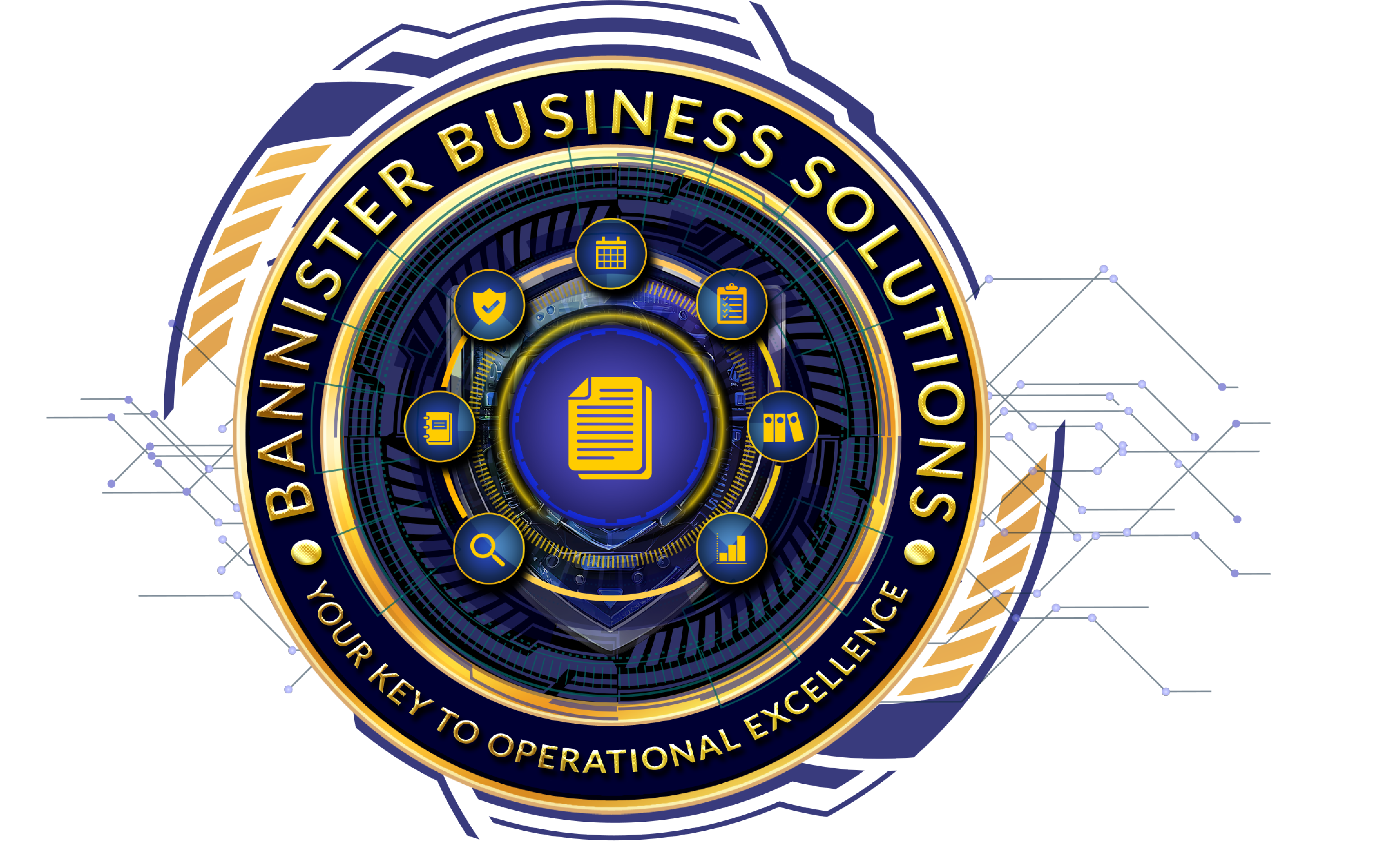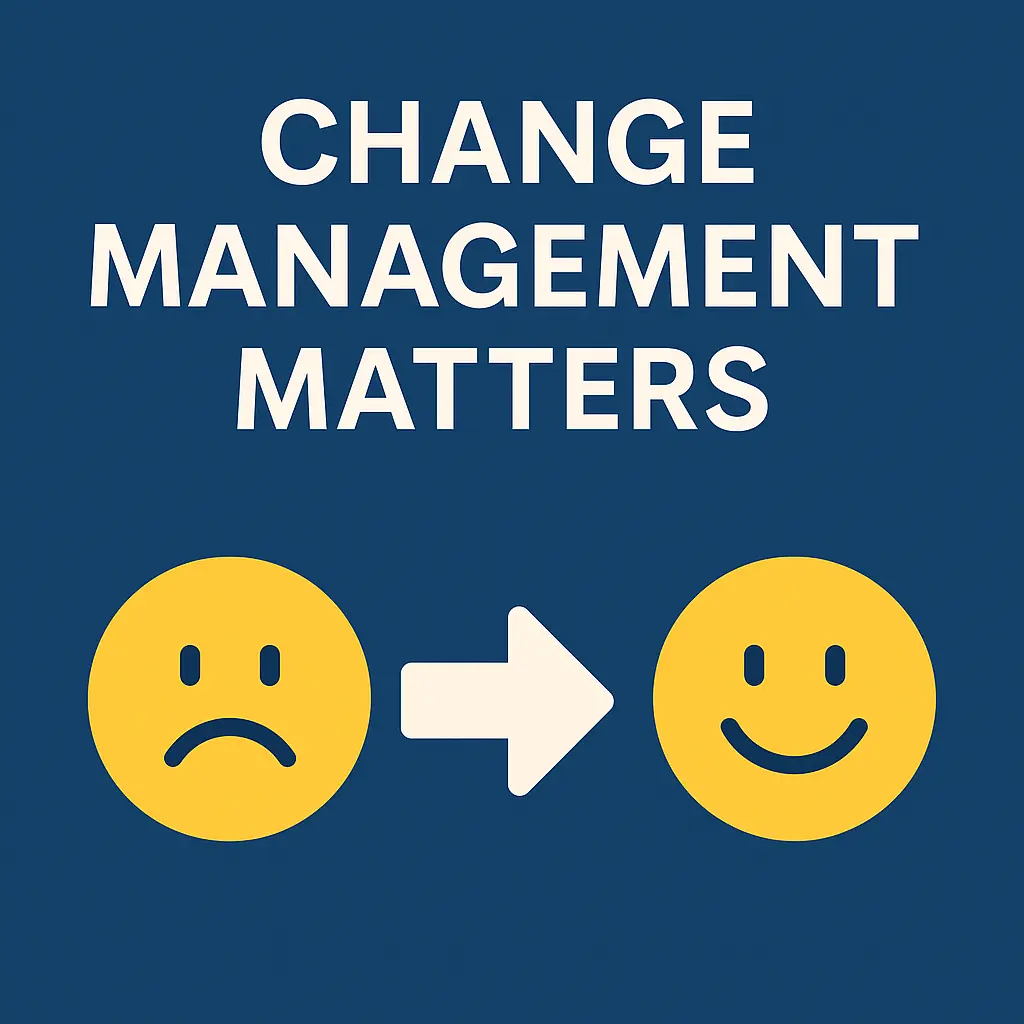In Times of Economic Pressure, Leadership Must Do More Than React—It Must Transform
Economic downturns test the resilience and responsiveness of organizations. Amid budget constraints, shifting customer behaviors, and operational uncertainty, the instinct may be to scale back, pause initiatives, or make rapid changes without full consideration.
But the truth is this: change is not the enemy—poorly managed change is.
That’s where change management proves essential. It’s not just a process for handling new systems or restructures; it’s a leadership imperative for helping people adapt, stay aligned, and drive performance—especially in uncertain times.
Why Change Management Matters More During Economic Challenges
- Employee Confidence is Shaken
During economic turbulence, rumors spread, morale dips, and engagement suffers. Change management provides a structured communication framework that promotes transparency, reduces fear, and keeps teams informed and focused. - Organizational Agility is Essential
Businesses must pivot quickly to survive. Whether shifting service models, adopting digital tools, or reorganizing departments, change needs to happen swiftly—but also thoughtfully. A formal change management strategy ensures that transitions are smooth, not disruptive. - Resistance to Change is Costly
Without buy-in, even the best-laid strategic pivots fail. Change management addresses emotional and operational resistance, helping leaders coach teams through uncertainty and build resilience at every level. - Long-Term Strategy Must Stay on Track
While short-term decisions dominate during downturns, leaders cannot afford to abandon long-term goals. Change management aligns transformation efforts with vision—ensuring today’s changes support tomorrow’s strategy.
Key Components of Effective Change Management
At Bannister Business Solutions, we emphasize the following pillars when guiding clients through change:
Leadership Alignment: Ensure all executives and department heads are on the same page with messaging, expectations, and outcomes.
Clear Communication: Deliver honest, consistent updates that explain the “why,” “what,” and “how” behind every change.
Employee Involvement: Involve key stakeholders early. When people feel heard, they engage more deeply in implementation.
Training & Tools: Provide the necessary skills, systems, and support to help teams succeed in the new environment.
Feedback & Adjustment: Create feedback loops that allow for course correction without losing momentum.
Leading Through Change with Confidence
Change doesn’t have to be chaotic. With the right structure, it can be a source of empowerment, innovation, and unity. Leaders who invest in change management not only navigate uncertainty more effectively—they come out stronger, more agile, and more aligned.
In trying economic times, change management is not a luxury—it’s a leadership necessity.
Is your organization prepared to lead through change?
At Bannister Business Solutions, we help companies implement sustainable change strategies that reduce resistance, enhance productivity, and protect culture.
Contact us today to schedule a consultation or learn more about our tailored change leadership programs.

